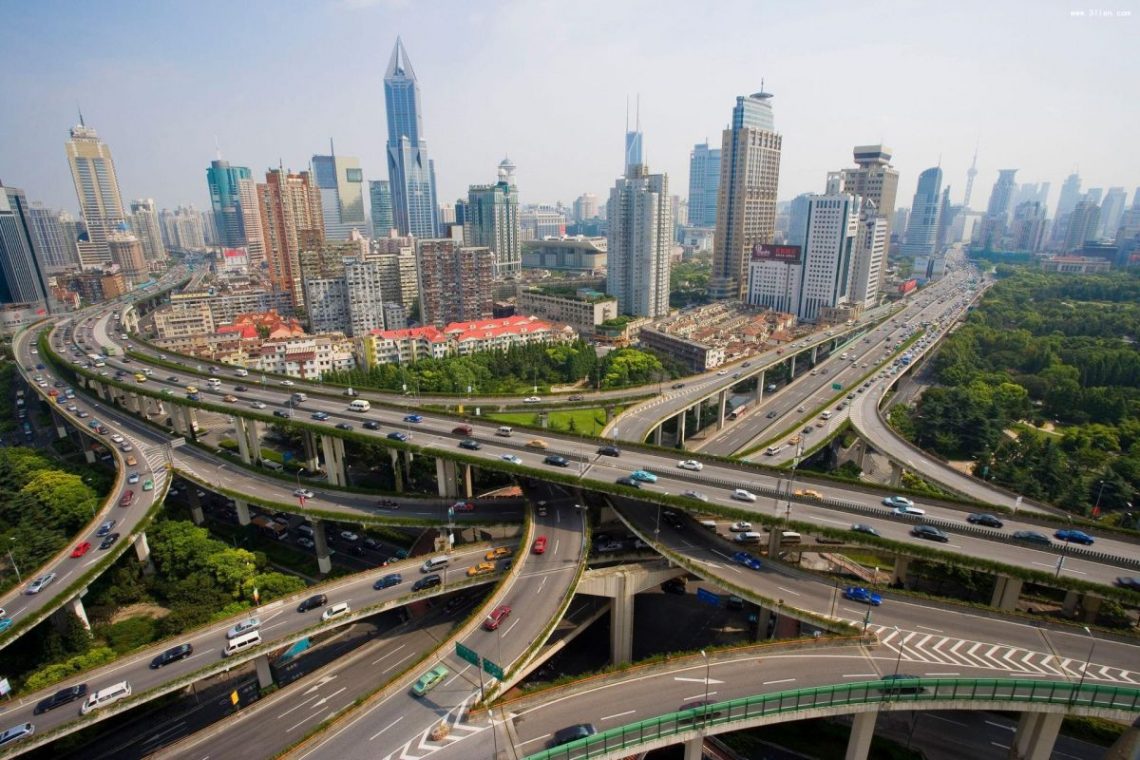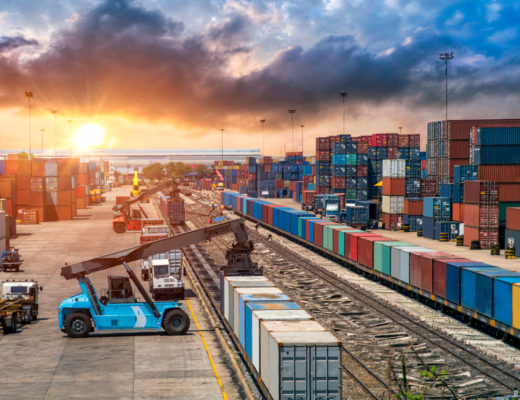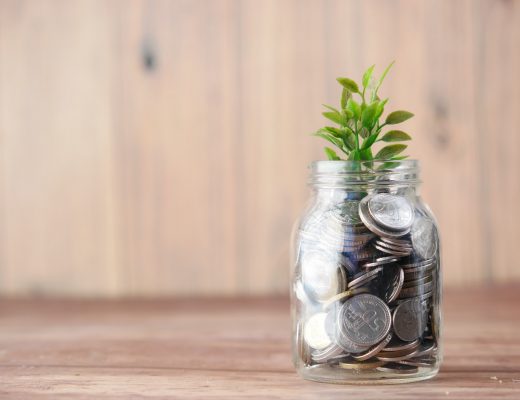GDP of Asian countries declined significantly after the pandemic
The coronavirus pandemic had a negative impact on the GDP of Asian countries. Last year it fell by 0.7%, which is a record figure for 60 years. The biggest damage was suffered by the economy of South Asia.
Analysts initially predicted a 0.1 percent decline in the region’s economy, but then revised it. And they also adjusted expectations for the current year – it is planned that GDP will grow by 6.8%.
The government of the states, which belong to the Asia-Pacific region, started to actively implement programs to support local economies at the beginning of the pandemic. In 2020, such measures were implemented for the total amount of 3 trillion dollars. Moreover, banks have long said that the recovery will be quite prolonged. Tense relations between the U.S. and China, which may reduce the demand for goods from Asia, also aggravate the situation.
The second quarter of 2020 was the worst for many countries, including those with developed economies. GDP of the G20 countries fell by 6.9% compared to the previous period. After that, the economy began to recover, but this decline was a serious test for the powers. It should be noted that this crisis affected the world market more significantly than the financial crisis in 2009, then the GDP decreased by 1.6%.
Among the G20 countries, China stands out. This is the only country where GDP has grown, the value is fixed at 11.5%. The greatest damage the pandemic has caused to the economy of India, where the decline was about 25%.

After defeating the pandemic, China began to actively recover the market and showed good growth. However, in summer the figures slowed down, which affected retail sales volumes. The Chinese were afraid of a second wave of coronavirus and this led to lower demand.
The good dynamics of the recovery was primarily due to strong support from the government, as well as deferred demand. Exports also began to grow, which also brought a positive result. However, in July it became obvious that industrial production is not developing as fast as it was supposed to. Its growth rate was 4.8%, although more than 5% was expected. Moreover, these figures had been declining for 7 months.
According to some analysts, unfavorable weather conditions also contributed to the economic slowdown – rains flooded the southern part of the country. The unemployment rate also increased.
However, this situation had no significant impact on the real estate market, investments in which outpaced the indicators of 2019. Car sales are also growing, and positive dynamics have been observed since last summer.










